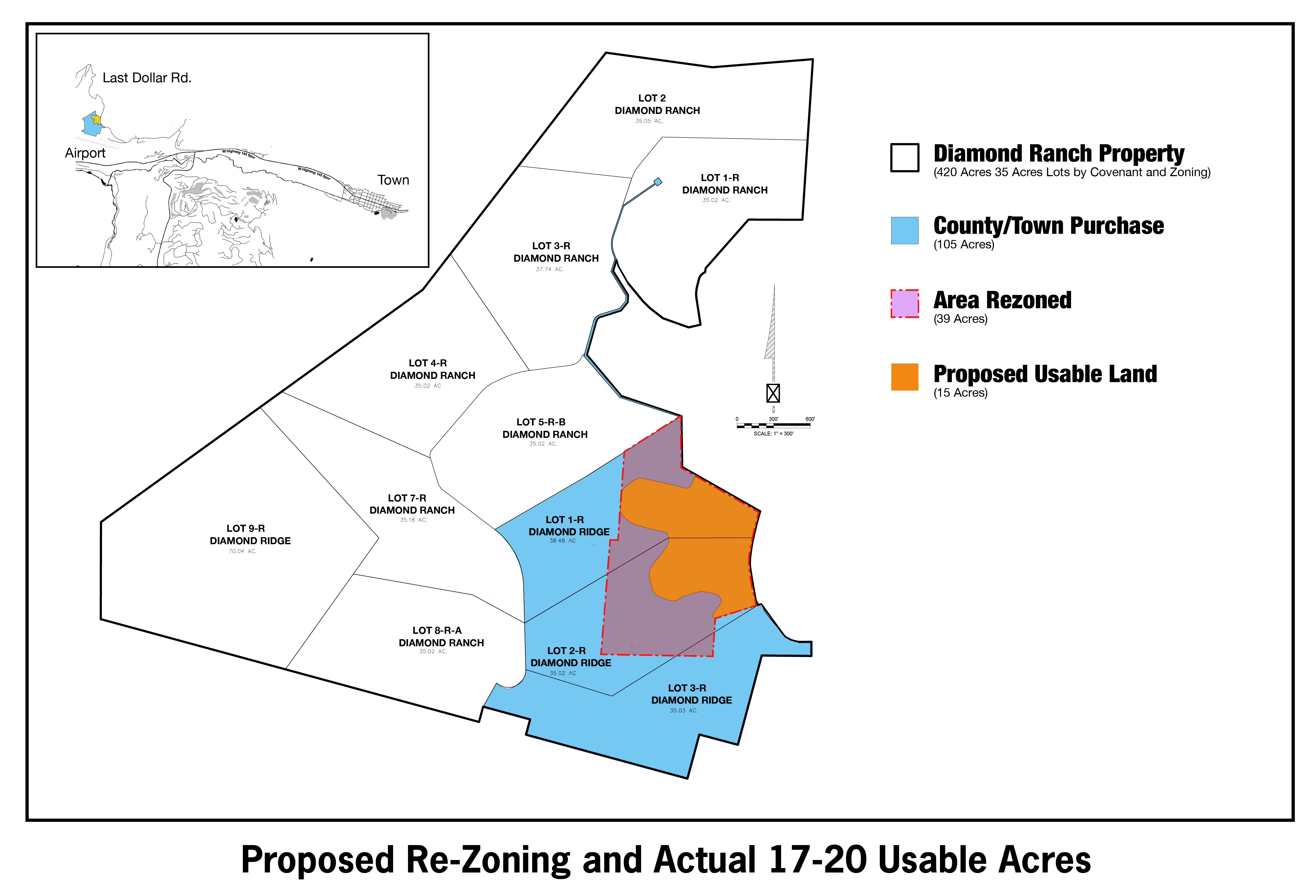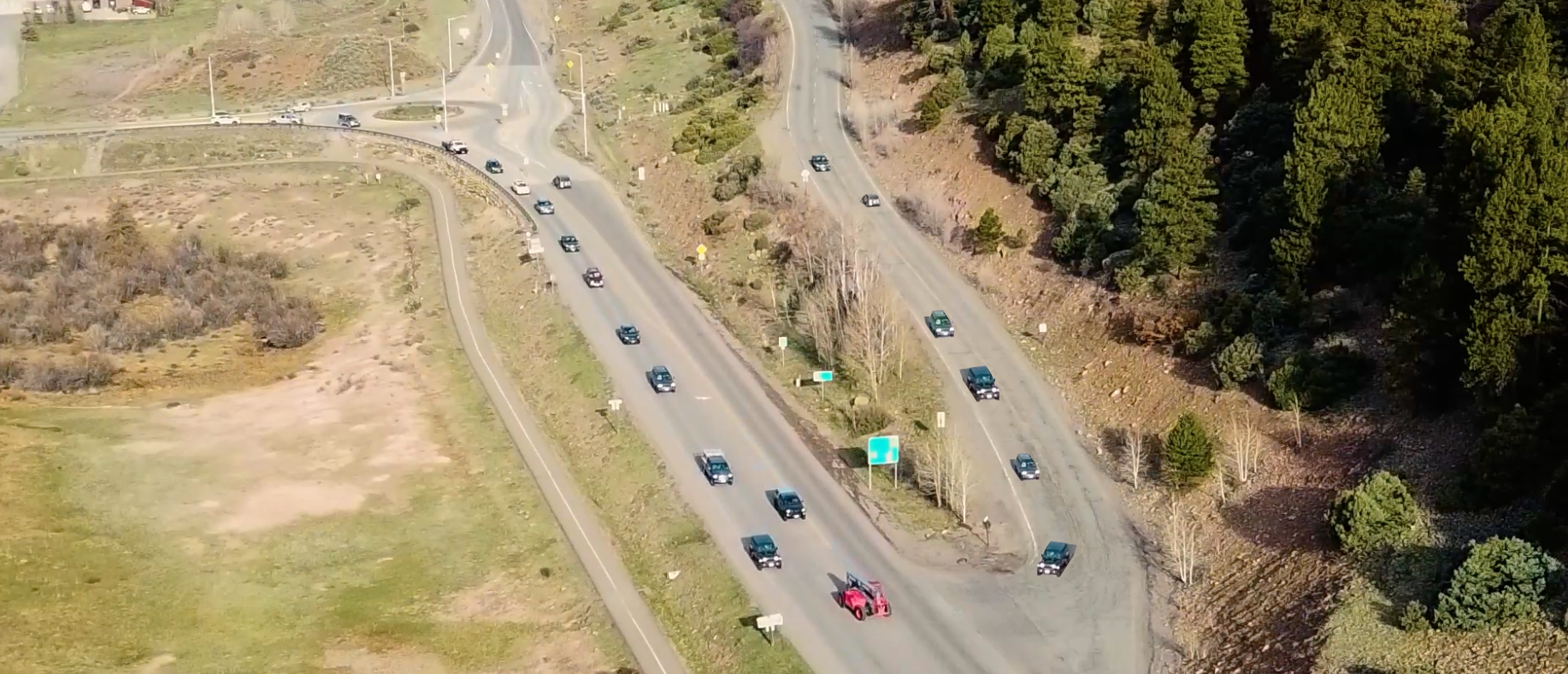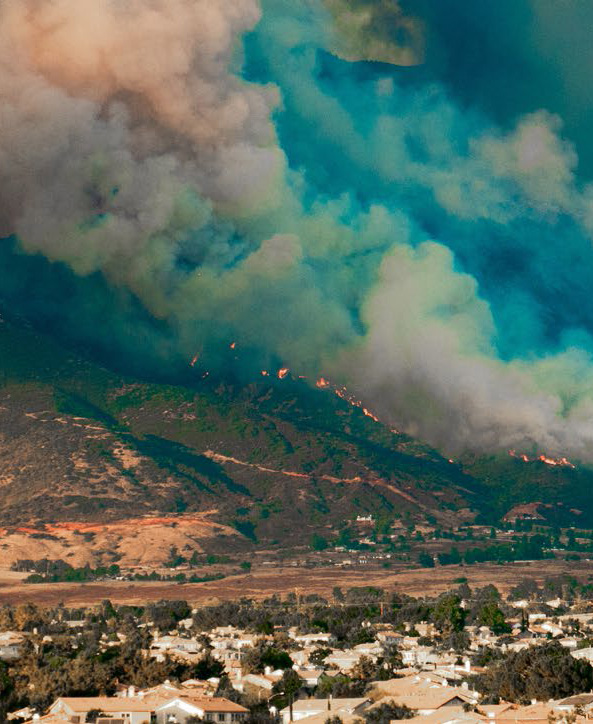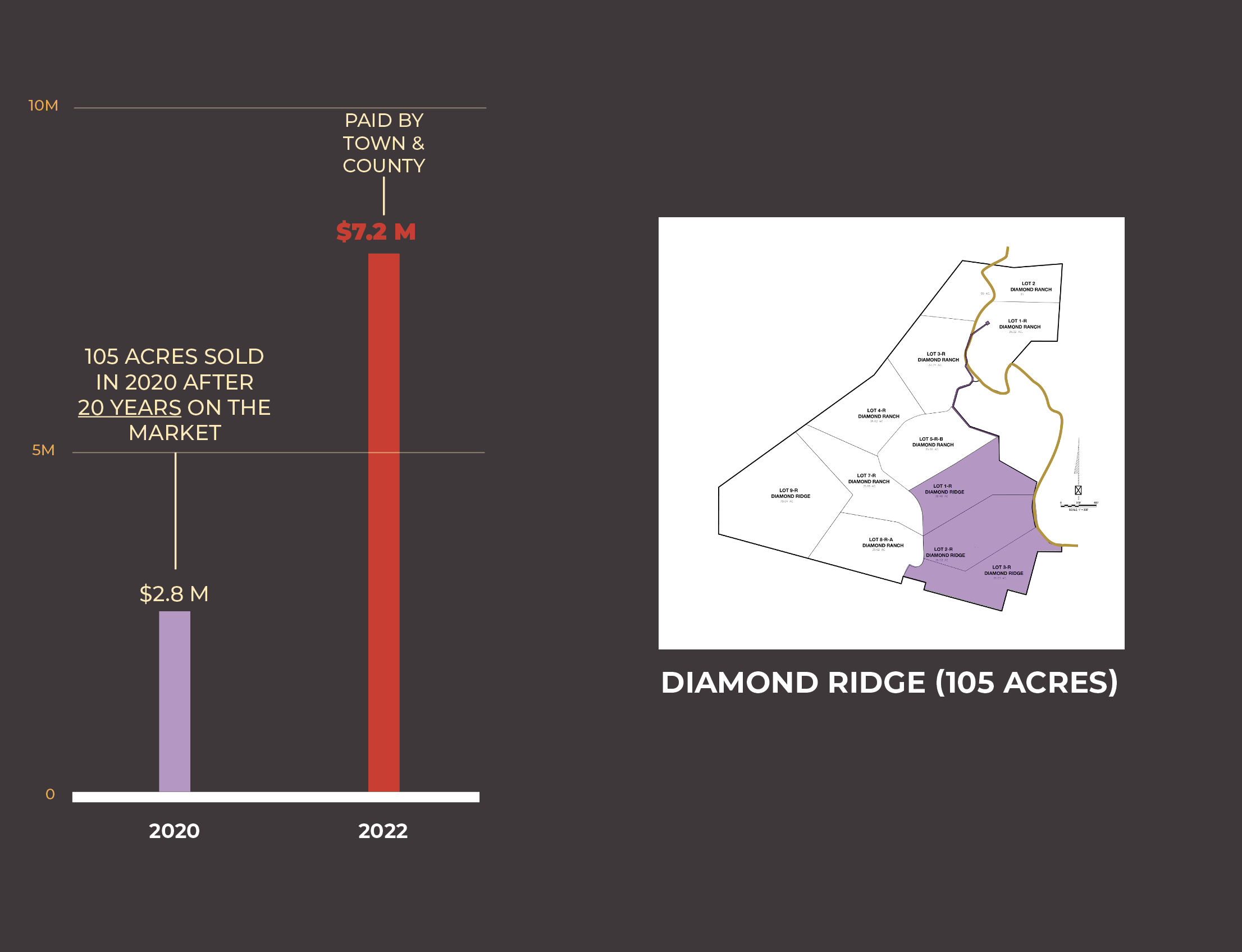



Wildlife Impact Not Studied
“After briefly reviewing the rezoning application, I can say that we would have some concerns about the impacts to wildlife and specifically the elk winter range.” – Kelly Crane, District Wildlife Manage
SECTION 2-16: WILDLIFE PROTECTION
“It is the policy of the County to identify and protect wildlife habitats for the preservation of wildlife, to encourage land use patterns that avoid disruptions to such habitat. The County will coordinate with Colorado Parks and Wildlife personnel regarding proposed development or uses within or adjacent to mapped wildlife habitat areas to mitigate impacts of development on wildlife.”
Not Followed By County
IWe are most anxious for the wildlife here, the upper corridor of the Valley Floor which was fought so hard to be preserved. As part of the application for rezoning there was NO IMPACT STUDY PERFORMED.
This is the winter home to the elk that spend their summers on the Valley Floor, and this is where they calve. In fact, they calve on the very area the County and Town are seeking to develop. How can a rezoning for high-density housing occur without first understanding a sustainable relationship between the surrounding wildlife and development?



No Determination of Expense of Water and Waste
Pumping water 2.5 miles uphill to the highest point on Deep Creek Mesa is unwise, energy intensive, and directly conflicts with climate action plans recently adopted by the Town and County. The estimated costs to provide water and wastewater service to Diamond Ridge would range between $14 – $16.4 million*. This project would require an incredible amount of energy to maintain supply to the proposed units.
Telluride Daily PlanetOctober 209, 2020
"Now nearing the end of its life, the 30-year-old crucial facility occasionally operates ‘near capacity,’an untenable situation that is due for addressing.”
Water Use Is Extensive
Additionally, 2,300 people would use approximately 93,184,500 gallons of water per year assuming average use of 111 per person.

Traffic Is Already A Serious Problem
Since a traffic light is not practical, or wanted, at the intersection of Airport Road and Highway 145 to town, the solution proposed by the County is to prohibit a left-hand turn from Airport Road eastbound onto the highway, forcing cars to turn right and u-turn in the roundabout to drive to town. This would severely add to congestion in the roundabout and traffic to town, which already backs up during commute hours. 5,304 additional trips per day would make this intersection completely congested.
Additionally, the impact on narrow Deep Creek Road, which residents use to go down valley toward Montrose and Norwood, is unknown. Widening and paving Deep Creek and Last Dollar roads would likely be necessary, forever changing the rural character of these backroads.
SECTION 2-19: ROAD SYSTEM IMPACTS
It is the policy of the County to preclude development that generates traffic volumes in excess of the capacity of the County road system or results in significant service level reductions or extraordinary impacts. . .
Not Followed By County



Tagline
Facts on Fire Danger For Proposed Density of Development
"Advocates of rezoning and development have not identified whether adequate water and pressure would exist to fight a fire on Deep Creek Mesa, nor whether an additional fire station and water holding tank might be needed or where it would be located." - Scott Bennett, Retired Fire Chief
Danger One
This location is 6 miles from the Telluride Station putting it in the worst category possible ISO rating of 10.
Danger Two
The high cost of insurance for homeowners is directly in conflict with the goal of providing affordable housing
Danger Three
The Fire District is already over capacity responding to 1540 Fire and EMS calls last year. Proposing up to 780 units 6 miles from the closest station is setting the entire system up for failure
Danger Four
The fire flow required for 300 units (less than ½ the density requested) is 4500 gpm for 4 hours, that equates to 1,080,000 gallons.


No Planning Typically Done Before Rezoning
"There are so many troubling aspects in this application . . .
I feel like our commission’s oversight in this process is really being viewed as a formality, that the governmental applicants have been teeing up this proposal sort of undercover for months, and I am shocked at how impactful this proposal is, and the pace it’s moving through." -Tobin Brown, SMC Planning Commissioner
Flaw One
In December of 2021, San Miguel County created and adopted an entirely new section, 5-324 for the Land Use Code (LUC) which creates a new Community Housing Zone District (CH). This new zone prohibits consideration of neighborhood concerns.
Flaw Two
Normally, rezoning applications are submitted WITH development
applications, but this new code opens the door for the county to
submit an application for rezoning without any studies on the development’s impacts.
Flaw Three
By rezoning for community housing first, and presenting the development details later, the county effectively gave itself a green light to develop the rezoned area without explaining the impacts and costs associated with the development.
Danger Four
The fire flow required for 300 units (less than ½ the density requested) is 4500 gpm for 4 hours, that equates to 1,080,000 gallons.

The County and Town are Spending Money Like Water
The three lots (called Diamond Ridge) purchased by the Town and County sat on the market for 20 years with ever-lowering asking prices.
In 2020, the three lots sold for $2.8 million with one other fair market offer at $2.5 million.
These 105 acres were then flipped to the County and Town for $7.2 M in June of 2022.
The cost of this property, along with water and sewer utilities will likely exceed $23.5 million before any housing is built, or upgrades for fire, and sewer plants are factored in to the overall costs.

